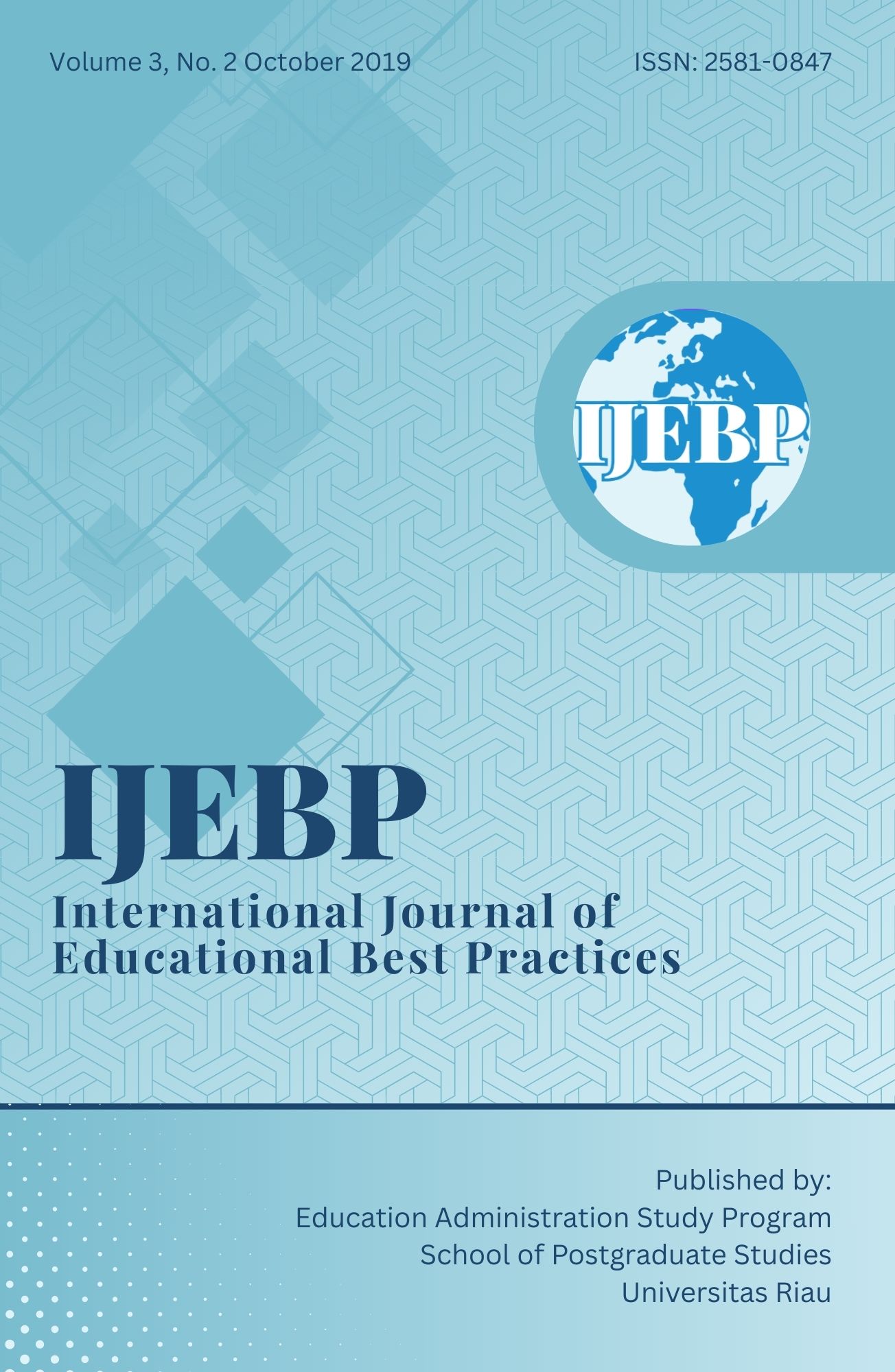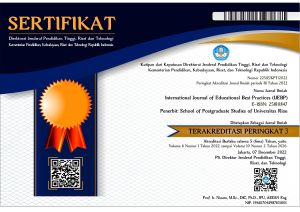TEACHING ENGLISH FOR NURSING BY USING TASK-BASED LANGUAGE TEACHING
DOI:
https://doi.org/10.31258/ijebp.3.2.28-40Keywords:
Task-Based Language Teaching, English for Professional Purposes, English for Nursing, qualitative studyAbstract
English for nursing is one of the branches of English for Specific Purposes. This type of English lesson requires the teacher to choose a specific method in order to meet a specific learning objective. The final goal of learning this kind of English is to equip learners with competencies that suit their future job, one of them, is English skill. This is inseparable from the choice of an appropriate teaching method by the teacher. Many studies on the implementation of specific teaching methods have been undertaken. However, little is still known about the students' responses to the implementation of Task-Based Language Instruction in English for Nursing Classes. To fill this gap, the current study shed a light on this matter. This qualitative research aimed to explore students’ perception of this teaching method. There were 58 nursing students invited as the respondents. The data were garnered through interview and questionnaires. The implication of this research is to be contributed to the field of EFL teaching methodology as the expansion for the current studies in English for specific Purposes field.
References
Basturkmen, H. (2010). Developing courses in English for specific purposes. Springer.
Carless, D. (2004). Issues in teachers' reinterpretation of a task‐based innovation in primary schools. TESOL Quarterly, 38(4), 639-662.
Ellis, R. (2003). Task-Based Language Learning and Teaching. Oxford University Press.
Fang, Z. (2006). The language demands of science reading in middle school. International Journal of Science Education, 28(5), 491-520.
Hunt, A., & Beglar, D. (2002). Current research and practice in teaching vocabulary. Methodology in language teaching: An anthology of current practice, 258-266.
Johns, A. M. (2013). The history of English for specific purposes research. The handbook of English for specific purposes, 5, 30.
Johns, A. M., & DUDLEY‐EVANS, T. O. N. Y. (1998). English for specific purposes: International in scope, specific in purpose. TESOL Quarterly, 25(2), 297-314.
Littlewood, W. (2004). The task-based approach: Some questions and suggestions. ELT Journal, 58(4), 319-326.
Murphy, J. (2003). Task‐based learning: the interaction between tasks and learners. ELT Journal, 57(4), 352-360.
Nunan, D. (2003). The impact of English as a global language on educational policies and practices in the Asia‐Pacific Region. TESOL Quarterly, 37(4), 589-613.
Nunan, D. (2004). Task-based language teaching. Ernst Klett Sprachen. Nunan, D. (2005). Important tasks of English education: Asia-wide and beyond. Asian EFL Journal, 7(3), 5-8.
Rahman, M. M. (2010). Teaching oral communication skills: A task-based approach. ESP World, 9(1), 1-11.
Richards, J. C., & Rodgers, T. S. (2001). Approaches and methods in language teaching. Cambridge university press.
Shabani, M. B., & Ghasemi, A. (2014). The effect of task-based language teaching (TBLT) and content-based language teaching (CBLT) on the Iranian intermediate ESP learners’ reading comprehension. Procedia-Social and Behavioral Sciences, 98, 1713-1721.
Sarani, A., & Sahebi, L. F. (2012). The Impact of Task-Based Approach on Vocabulary Learning in ESP Courses. English Language Teaching, 5(10), 118-128.
Shabani, M. B., & Ghasemi, A. (2014). The effect of task-based language teaching (TBLT) and content-based language teaching (CBLT) on the Iranian intermediate ESP learners’ reading comprehension. Procedia-Social and Behavioral Sciences, 98, 1713-1721.
Skehan, P. (1998). A framework for the implementation of task-based instruction. Applied linguistics, 17(1), 38-62.





